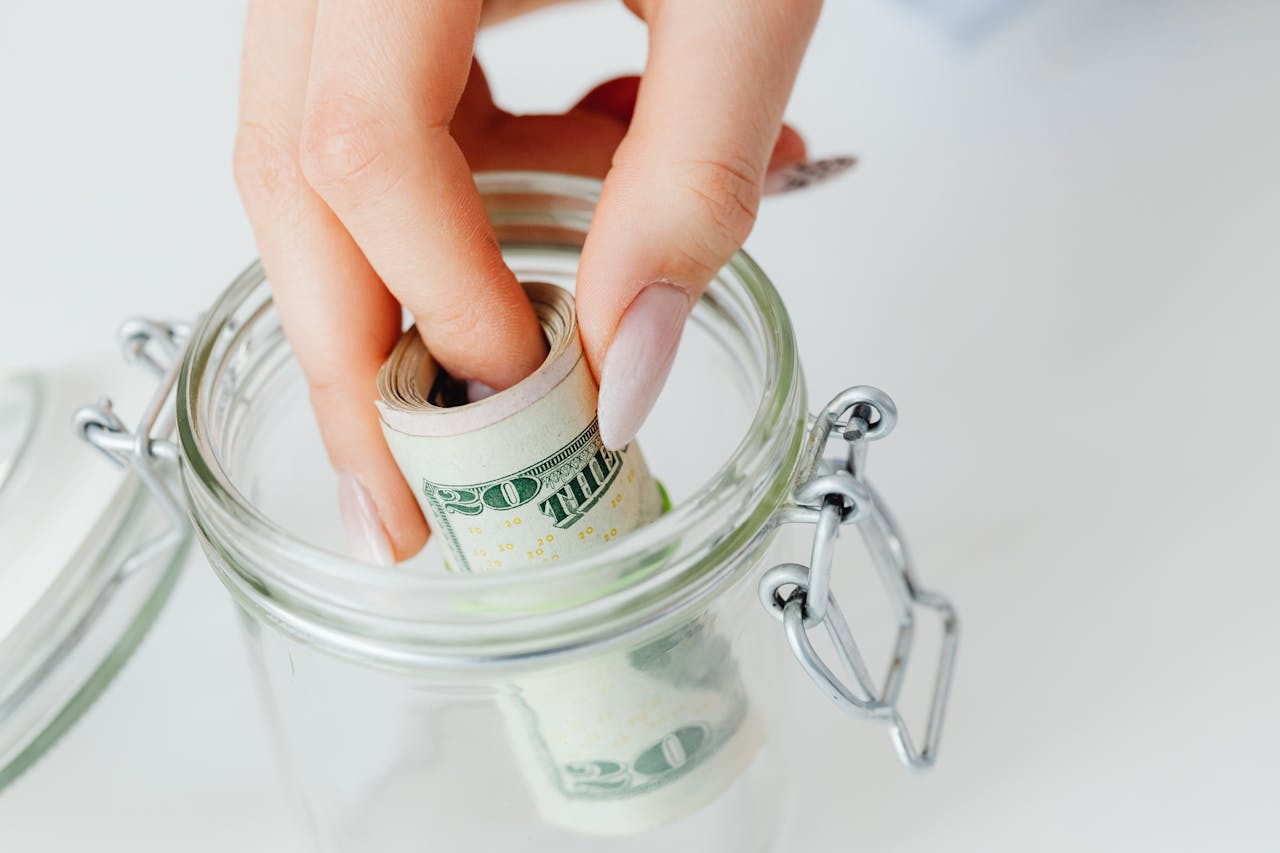An emergency fund is a dedicated pool of money set aside specifically for unexpected expenses or financial emergencies. Unlike your regular savings, this fund is not meant for planned expenses like vacations or new gadgets; it’s your lifeline during times when life throws you a curveball. Think of it as your personal financial cushion that softens the blow when the unexpected happens.
Why Financial Preparedness Matters
Financial preparedness is the cornerstone of a stable and secure life. When you’re prepared for emergencies, you avoid the chaos of scrambling for cash or falling into high-interest debt. It’s about peace of mind—knowing that regardless of what life throws at you, you have the resources to handle it without compromising your long-term financial goals.
The Importance of an Emergency Fund
Safety Net in Uncertain Times
In today’s ever-changing economic landscape, uncertainty is the only certainty. Whether it’s a sudden job loss, a medical crisis, or an unexpected car repair, having an emergency fund acts as a safety net. It prevents you from dipping into long-term savings or resorting to high-interest loans that can derail your financial progress.
Financial Freedom and Independence
Imagine waking up each day knowing that you’re in control of your financial destiny. An emergency fund gives you that sense of freedom and independence. It eliminates the fear of “what if” scenarios and allows you to make decisions based on your long-term goals rather than short-term panic. When you’re not worried about the next unexpected bill, you can focus on growing your wealth and enjoying life.
Common Financial Emergencies
Medical Emergencies
Medical emergencies can strike at any time, often without warning. Whether it’s a sudden illness or an unexpected accident, the costs can quickly add up. Without an emergency fund, you might be forced to take on debt or compromise your treatment options. Having a dedicated fund ensures that you can access the care you need without financial strain.
Job Loss and Income Reduction
In an unpredictable job market, the risk of job loss or income reduction is a reality for many. An emergency fund serves as a buffer during these lean times, giving you enough breathing room to find new employment or adjust your budget until your financial situation stabilizes.
Unexpected Home Repairs
Your home is one of your biggest investments, but it’s not immune to sudden issues. From a leaky roof to a malfunctioning HVAC system, unexpected repairs can be costly. An emergency fund allows you to address these problems promptly, preventing minor issues from turning into major financial headaches.
Benefits of Maintaining an Emergency Fund
Stress Reduction and Peace of Mind
One of the most significant benefits of an emergency fund is the stress relief it provides. Knowing that you have money set aside for emergencies can significantly reduce anxiety and allow you to sleep better at night. It’s the financial equivalent of having a security blanket—comforting and essential.
Avoidance of High-Interest Debt
Without an emergency fund, many people resort to credit cards or payday loans to cover unexpected expenses. These high-interest options can quickly spiral out of control, trapping you in a cycle of debt. By having cash readily available, you can avoid the pitfalls of borrowing at exorbitant interest rates, preserving your financial health in the long run.
Steps to Building Your Emergency Fund
Assessing Your Current Financial Situation
Before you start saving, it’s crucial to have a clear picture of where you stand financially. Take stock of your income, expenses, debts, and current savings. This honest assessment will help you determine how much you can realistically set aside each month without compromising your day-to-day needs.
Setting Clear Savings Goals
Once you’ve assessed your finances, it’s time to set clear, achievable goals for your emergency fund. Consider factors like your monthly expenses and potential emergencies you might face. Most experts recommend having three to six months’ worth of living expenses saved up.
Determining the Ideal Fund Size
Calculating your ideal emergency fund size involves a bit of number crunching. Add up your essential monthly expenses—rent or mortgage, utilities, groceries, insurance, and transportation. Multiply that total by the number of months you aim to cover. This number becomes your target. Remember, this target isn’t set in stone; it can and should be adjusted as your financial circumstances change.
Creating a Timetable
With your target in mind, set a realistic timeline for reaching your goal. Break down the total amount into manageable monthly savings. For example, if your goal is $10,000 and you plan to achieve it in two years, you’d need to save about $420 per month. Creating a timetable helps keep you accountable and makes the goal feel more attainable.
Strategies to Boost Your Savings
Budgeting and Expense Tracking
A solid budget is the backbone of any successful savings plan. Track your income and expenses meticulously, and identify areas where you can cut back. Whether it’s dining out less or canceling unused subscriptions, small adjustments can add up over time. Budgeting isn’t about restricting your lifestyle—it’s about making informed choices that align with your long-term goals.
Automating Your Savings
One of the easiest ways to ensure consistency in your savings is to automate the process. Set up a direct transfer from your checking account to your savings account on payday. This “pay yourself first” approach removes the temptation to spend what you should be saving. Automation is like having a personal savings assistant who never forgets to set aside a portion of your income.
Increasing Income Through Side Hustles
Sometimes, cutting expenses isn’t enough to meet your savings goals. Consider supplementing your income through side hustles or freelance work. Whether it’s driving for a ride-share service, selling handmade crafts online, or tutoring, an extra stream of income can accelerate your progress.
Conclusion
Creating an emergency fund should be a top priority because it provides the financial cushion that turns potential disasters into manageable challenges. It reduces stress, keeps you away from high-interest debt, and lays the foundation for long-term financial freedom. Whether you’re dealing with medical emergencies, job loss, or unexpected repairs, an emergency fund ensures that you can navigate life’s uncertainties with confidence.
FAQs
What is an emergency fund, and how much should I save?
An emergency fund is a dedicated savings pool for unexpected expenses. Most experts suggest saving three to six months’ worth of living expenses, though this can vary based on individual circumstances.
How can I start building an emergency fund if I’m on a tight budget?
Start small by setting aside a little money from each paycheck. Automate your savings and gradually adjust your budget to free up extra funds. Even modest contributions add up over time.
Where should I keep my emergency fund?
Keep your emergency fund in a liquid account, such as a high-yield savings account or money market account, where it’s easily accessible in times of need.



